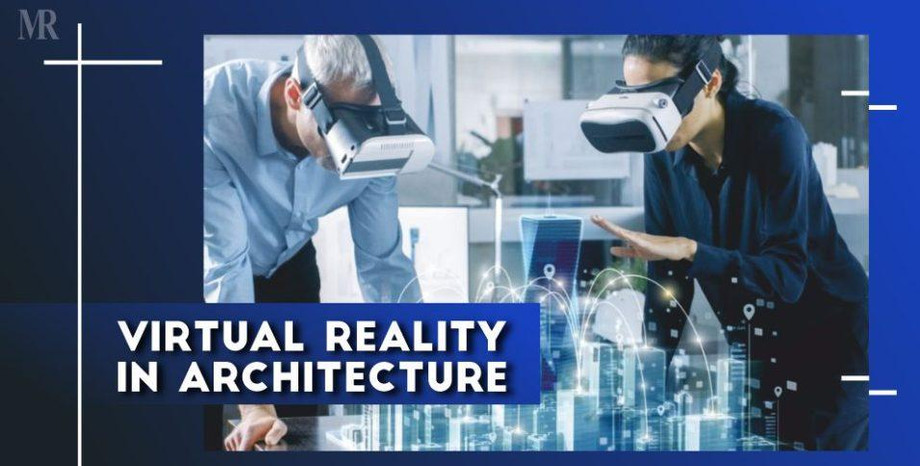Virtual Reality in architecture has the highest demand in the market. Being an immersive and interactive technology, it has contributed to many industries and reached a wider customer base. From automotive and healthcare to the retail sector and tourism industry, every sector has seen significant growth by incorporating VR into their operations.
However, it is comparatively new in architecture. The architecture industry highly depends on visual communication and this technological advancement has the potential to transform the design and architectural processes. The integration of VR in architecture can certainly help the industry expand and grow further significantly.
Integration of Virtual Reality in Architecture
Virtual reality in architecture has a great history. Ivan Sutherland, an American computer scientist and pioneer of computer graphics, explored this new technology. Later in the late 80s, it evolved and developed Head-Mounted Displays (HMD) and goggles. The first-ever successful use of this technology was by the University of North Carolina between 1970 and 1985 where designers virtually modeled the Sitterman Hall, the headquarters of its computer science department. They wore headsets and used hand-controllers for watching and simulating the model. Moreover, NASA used the technology to train astronauts.
Over the years, virtual reality has helped develop new technologies to improve the architectural sector. As it helped create new methodologies, strategies, and tools, several companies such as Studio MB, DeForest Architects, and Marmon Mok (USA) went on to implement it. In fact, various companies worldwide, such as Utile (Canada), WHA Architecture (USA), DA-LA (Venezuela), Designhaaus (India), and Gashu Arquitectos (Argentina), have also incorporated VR technology in their architectural designs.
Click Here to Read More: Virtual Reality In Architecture: How Is It Paramount In Disrupting Reality?

